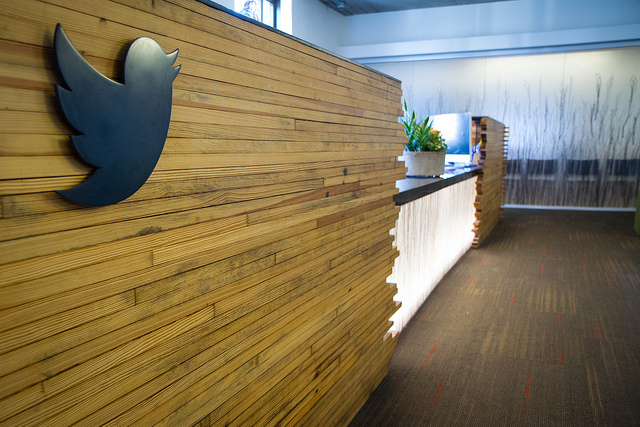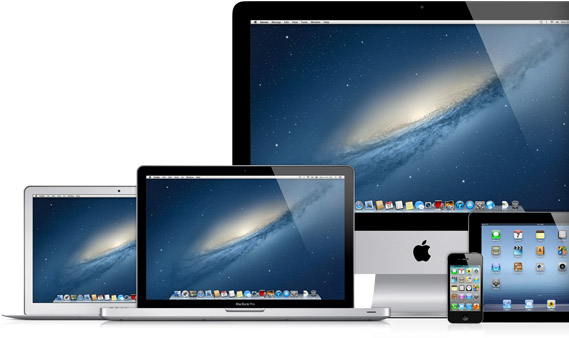It’s been a bad week for the social media service Twitter with its stock pounded after the leak of poorer than expected results.
Writer Matthew Ingham says Twitter lost its way five years ago when it started closing down access to third party developers, a move that hurt the service’s growth and user adoption.
Twitter’s move was greeted with disappointment at the time and many developers gave up working on the company’s APIs.
With the growth of third party applications stunted, there was little reason for new users to come on board and so Twitter is now disappointing the market with its results.
Basically Twitter CEO Dick Costolo and his team reaped what they sowed in restricting access; they kept control of their data but it’s cost them users and hurt their share value.
Twitter’s woes show that the economics of cloud and social media services reward business that share data. While there may be some commercial and legal limits to what information can be shared, the default position should be to make data available.
In an information rich society, those who contribute the most get the rewards. This is the point Twitter’s management missed.


